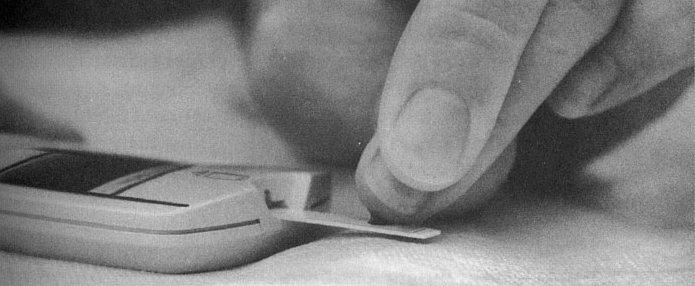 Image credit: J. Cevetello, "The Elite Glucometer" in Evocative Objects (2007: 62)
Image credit: J. Cevetello, "The Elite Glucometer" in Evocative Objects (2007: 62)
Assignment 2. Cultural Biography of Objects
This is a 3-5 page paper (double spaced/12 font) on the cultural biography/social life of an ancient/historical/contemporary object of your choice, to be accompanied with an image of the object posted on the wiki. You have many options about choosing an object for your interest: you could visit a museum such as the RISD Museum down the street, fall in love with some "thing" on display, and explore its thingly past. You could choose to write something that is truly mundane and from your everyday life such as a radio, an ipod, a suitcase, a fetish, a talisman, a photograph (but it has to be unique, with a unique life of its own, not generic). You could research online about a historical object such as an old map, an archaeological artifact, a work of art, a medieval relic, mummy powder. Just be creative in your choice, and choose a particularly powerful object. Below I will post some articles and books that may provoke some ideas. Please consider this as a mini research project: your paper should have proper bibliography, referencing, footnotes if necessary. Please consult this page in case you need guidance in writing.
Due: February 20, 2008 Wednesdayon the wiki.
Inspirational Bibliography:
- Turkle, Sherry; 2007. Evocative objects: things we think with. The MIT Press.
- Hoskins; Janet. “
 Agency, biography and objects” in Handbook of material culture. C. Tilley et. al. (eds.). London: Sage Pub., 74-84.
Agency, biography and objects” in Handbook of material culture. C. Tilley et. al. (eds.). London: Sage Pub., 74-84.
- Gosden, Chris and Ywonne Marshall; 1999. “
 Cultural biography of objects,” World Archaeology 31: 169-178.
Cultural biography of objects,” World Archaeology 31: 169-178.
- Cynthia C. Davidson; 2001. Anything. New York, N.Y. : Anyone Corp. ; Cambridge, Mass. : MIT Press.
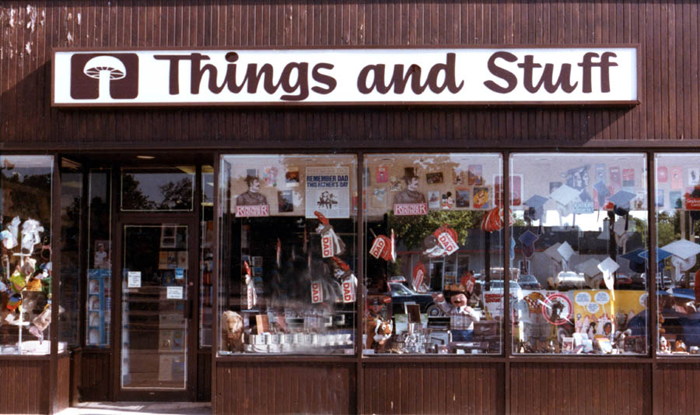
Submissions
Posted at Feb 20/2008 12:04AM:
Megan: This image is of a teacup and saucer from the RISD Museum, made ca. 1820.
Not Just a Simple Bowl: The Cultural Biography of a Handcrafted Monks’ Bowl
 Not Just a Simple Bowl by Jenna Noelle Antonino DiMare.doc
Not Just a Simple Bowl by Jenna Noelle Antonino DiMare.doc
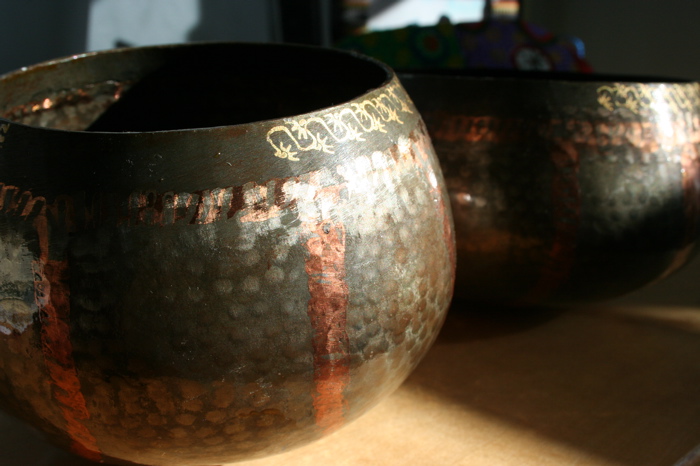
Posted at Feb 20/2008 02:06AM:
Jenna: Handcrafted Monks' Bowl from Monks' Bowl Village or Baan Baat in Bangkok, Thailand
After a fiery bowl of tum yum soup, I huddled on the back of a Tuk Tuk and flipped through my Lonely Planet guidebook, searching for a mellower and more “authentic” alternative to the ubiquitous tourist-packed wats, or Buddhist temples of Bangkok. “Just when you start to lament the adverse effects of tourism, pay a visit to this handicraft village,” I read, and I knew I had found just the adventure I was looking for (124). Today, I am filled with fond memories as I glance at the black, handcrafted monks’ bowl sitting upon my bookshelf, knowing that its significance far transcends its utilitarian value. The monks’ bowl and the ritual of alms that accompanies it are defining aspects of Thai culture, and the disappearance of traditional methods of producing the bowl reflects a socio-cultural paradigm shift.
In a dilapidated shantytown off Bamrung Muang Road in Bangkok nestled between Chinatown and the Golden Mount temple, sits the Monks’ Bowl Village, or Baan Baat. Here, under corrugated iron roofs and amongst rubble, six families of artisans handcraft traditional monks’ bowls. Baan Baat is a nostalgic throwback to the days before the advent of the automobile caused stifling, limitless urban sprawl in Bangkok. The capital was historically organized into small neighborhoods, determined by occupation. Today, these neighborhood identities have dissipated, and the Monks’ Bowl Village is an anomaly.
However, the Monks’ Bowl Village is not only traditional in terms of the neighborhood artisan cooperative model; it is even more unique because it is the last manufacturer of handmade metal monks’ bowls still operating in Bangkok. During King Mongkut Rama IV’s mid-19th century reign, the standard earthenware alms bowls began to be replaced by more durable steel bowls. As the metal bowls were dramatically less prone to cracking, they quickly burgeoned in popularity, and Baan Baat thrived as Bangkok’s primary supplier. During the village’s heyday, it contained 100 families and produced 400-500 bowls a day (O’Reilly 48).
In recent decades, the Monks’ Bowl Village’s sales have plummeted due to the popularity and affordability of mass-produced industrial bowls, often imported from China. Today, the village produces less than 5% of its former yield. Even though the bowls are sold for 800 Baht (approximately $20), five times the price of machine-made bowls, profit margins are dangerously low. In fact, production costs alone can comprise 75% of the selling price (O’Reilly 50). According to the chairman of the Almsbowl Association of Thailand:
Most have already given up. Many of the dealers at Sao Chingcha who used to be our patrons have turned to the mass-produced bowls. Cheapness aside, the alms bowl mass-producers offer a better deal by giving a few months’ credit, while we ask for prompt cash. Without a definite market in sight, we people around here, one after another, are just saying goodbye to this profession. The younger generation goes out seeking day laboring jobs to make ends meet (O’Reilly 49).
Still, the devoted craftsmen laboring in the Monks’ Bowl Village insist that their bowls are higher quality and longer lasting than the mass-produced bowls. They claim that, in addition to tourists purchasing the bowls as souvenirs, some full-time monks still prefer and use the bowls. In particular, the monks of the stricter Thammayut sect, founded by King Mongkut Rama IV himself, strongly prefer the traditional bowls made at the Monks’ Bowl Village.
Not only can production costs alone equal 75% of the selling price, but the process of forging the bowls requires a prodigious expense of labor. As a visitor to the Monks’ Bowl Village, one of my draws was to witness the process, as promised in the Lonely Planet guide. The labor is divided into various tasks, each performed by a specialist in the village, who then passes the bowl onto another craftsman to perform the next step. Eight separate thin strips of steel cut from sheet metal form the bowl, representing the eight spokes of the wheel of Dharma and the Eightfold Path the Buddha followed to enlightenment. Thais almost exclusively are Buddhist, and the country is steeped in Buddhist symbolism, art, architecture, and ritual. Each of the eight segments is beaten and curved over a ball-shaped anvil and attached to a short stem stuck in the ground. Teeth are then cut along the edges so that the bowls can be interlocked and hammered together, using copper paste. Afterwards, the bowl is buried in a wood fire for a few minutes until the copper melts, wielding the joints. Finally, small indentations pounded with a hammer give the bowl relief and a spectacular texture, and the bowl is fired with a smooth coat of black lacquer. The ultimate product is exquisite and refined, emanating a handmade, one-of-a-kind quality.
Although today the handmade bowls are primarily purchased by eager tourists like myself looking for an “authentic” Buddhist souvenir, they are a fundamental aspect of Thai culture, absolutely essential to the vitality of monks and the karmic endeavors of laypeople. “Objects can be understood only through looking at the cultural contexts which originally produced them and the new circumstances into which they later moved,” explain Gosden and Marshall (174). Monks’ bowls are one of the eight material possessions traditionally permitted to monks, and every morning for thousands of years monks have walked the streets gathering alms in their personal bowls. However, the bowls are the antithesis of the cup a beggar waves desperately at passersby, as the monks are doing just as much of a favor to laypeople as the laypeople are doing for the monks. In accepting alms, the monk allows the commoner to gain merit, or karma, a vital concern in Buddhist cultures. For this reason, it is considered anathema for a monk to thank givers for food, as this gesture would imply that the act was merely a personal favor, meaning the giver would not gain karma. Anthropologist Claude Levi-Strauss theorizes that “the personal bond between the giver and the receiver,” defines gift giving (20). In the case of the monks’ bowl, the bond is less personal but more of a prearranged cultural ritual, which has been taking place for thousands of years. Thus, the significance of this type of gift is implicitly understood, and verbal communication between giver and receiver is superfluous and unconventional. In fact, the monks’ bowls are such culturally and religiously charged objects that an elaborate code governs their use. These regulations include, “A monk must not look inside another monks bowl,” and “A monk must not cover up the curry in his bowl with rice to make it appear he hasn’t been given any curry” (Ward 93).
Reflecting the fact that the bowls are imbued with a rich religious significance that transcends their status as material objects, the inhabitants of the Monks’ Bowl Village have an annual wai kru ceremony during which they pay respect to the leader of their community and the spirits of their ancestor craftsmen. Held on a Thursday in April, during this celebration the village assumes a bit of the bustling, vivacious atmosphere it used to always have at times when there was a greater market for the bowls. The patriarch of the community leads the ritual, and he dabs the center of each community member’s forehead with a fragrant paste as they gather to show their respect for their ancestors. The scene is completed by traditional Thai dancers, along with food offerings presented to the small shrines called spirit houses protecting each craftsman’s home. Flower garlands, a common religious object in Thailand, are draped over the tools during the ceremony (O’Reilly 49).
The Thai alms bowl is the lifeblood of the monks who carry it, and the transformation in its production method sheds light on the rapid pathology of industrialization and tourism that has affected Thailand. When tourists visit the Monks’ Bowl Village and purchase the bowls, they are often completely unaware of the rich social and religious tradition they are connecting themselves with. Ironically, today most monks cannot afford to purchase a handcrafted traditional bowl, and tourists are the primary patrons that keep the Monks’ Bowl Village alive. This shift carries with it a shift in significance and usage of the bowls, which often sit as proud tokens on travellers’ mantels or bookshelves as opposed to being used by monks to collect alms. Can the Monks’ Bowl Village today still be called legitimately authentic or traditional when it would not survive without the patronage of tourists, or is this a bastardization of the original meaning of the bowls? The very tourists whose funds make it possible for the village to continue practicing the craft of their ancestors are simultaneously the greatest contributors to a the shift in the cultural biography of the bowls.
References
Cummings, Joe, et al. Thailand. England: Lonely Planet Publications, 11th Edition, 2005.
Gosden, Chris &Ywonne Marshall. “Cultural biography of objects.” World Archaeology. Volume 31, No. 2: 169-178.
Hoskins, Janet. “Agency, biography and objects.” Published in Handbook of Material Culture. C. Tilley et al. (eds.), p. 74-84. London: Sage Pub.
Into Asia. < http://www.into-asia.com/bangkok/districts/banglamphu.php> Into Asia, 2000-2006. Accessed on February 18, 2008.
Levi-Strauss, Claude. “The Principle of Reciprocity.” The Gift: An Interdisciplinary Perspective. Ed. Aafke E Komter. Holland: Amsterdam University Press, 1996.
O’Reilly, James & Larry Habegger. Travelers’ Tales: Thailand. Berkeley, CA: Publisher’s Group West (p. 147-151), 1993.
Ward, Tim. What the Buddha Never Taught. IntermediaCT Books, 2007.
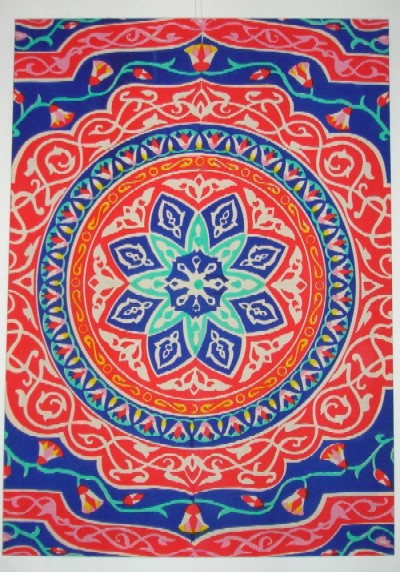
Posted at Feb 20/2008 08:09AM:
carrie: Painted cotton cloth from Aswan, Egypt.
Material (of the Fabric Variety) and Me: the social life of a cloth
Posted at Feb 20/2008 09:03AM:
Sheetal: A Bahis or record keeping book from Haridwar, India.
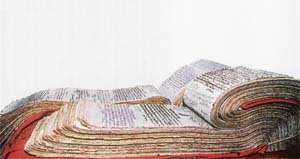
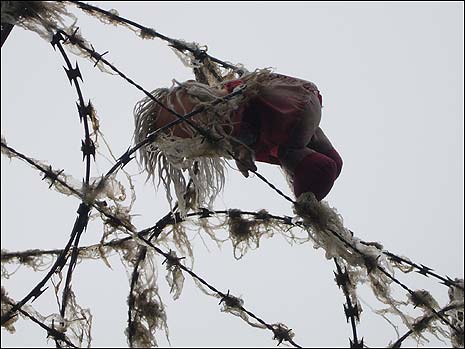
Posted at Feb 20/2008 09:24AM:
anjana: Barbed wire:
This is a photo of a doll caught in the barbed wire wall that has separated Devenport, Plymouth since the 1950s. Devenport was once home to the rich and successful until it was destroyed by Hitler. Now there is a project in place to restore Devenport to its former glory -- the first step: dismantling the wall. Image credit: BBC http://www.bbc.co.uk/devon/content/image_galleries/devonport_wall_demolition_gallery.shtml?5
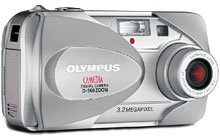
Posted at Feb 20/2008 02:09PM:
Ashley: My Camera - Olympus Camedia Digital Camera D-560 ZOOM
 The Power of Flash -The Social Life of a Digital Camera.doc
The Power of Flash -The Social Life of a Digital Camera.doc
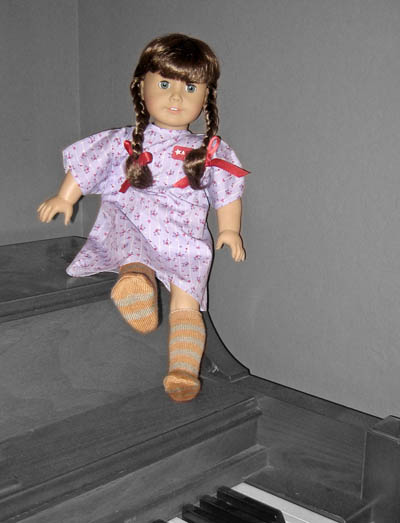
Posted at Feb 20/2008 06:22PM:
Posted at Feb 20/2008 06:23PM:
Kelly: Meet Molly, an American Girl Doll
Posted at Feb 20/2008 06:49PM:
Megan: My image is at the top of the page, but Teacup is the paper file.
Posted at Feb 20/2008 09:12PM:
Vanessa: my paper is the ARCH1600paper2 file on the evolution of the high heel/shoe.




Posted at Feb 20/2008 10:43PM:
Sheetal: My image is further up but here is my paper.
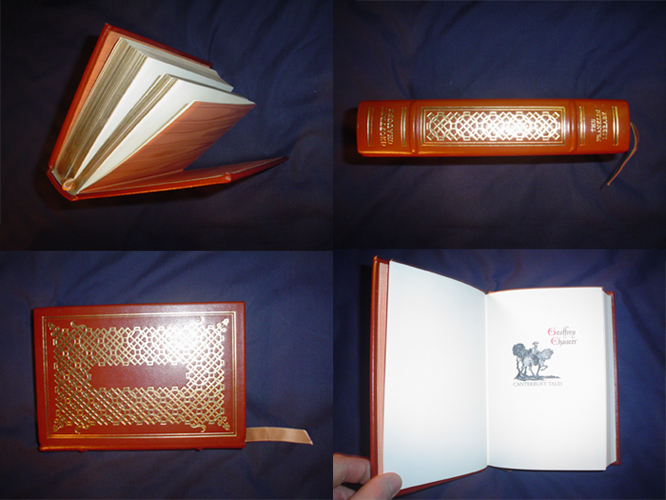
Posted at Feb 20/2008 11:28PM:
Gareth: My image is above.
Posted at Feb 20/2008 11:47PM:
benjamin: my file is above
Rosalie: A true grandfathers' clock
 Cultural biography of object.doc
Cultural biography of object.doc
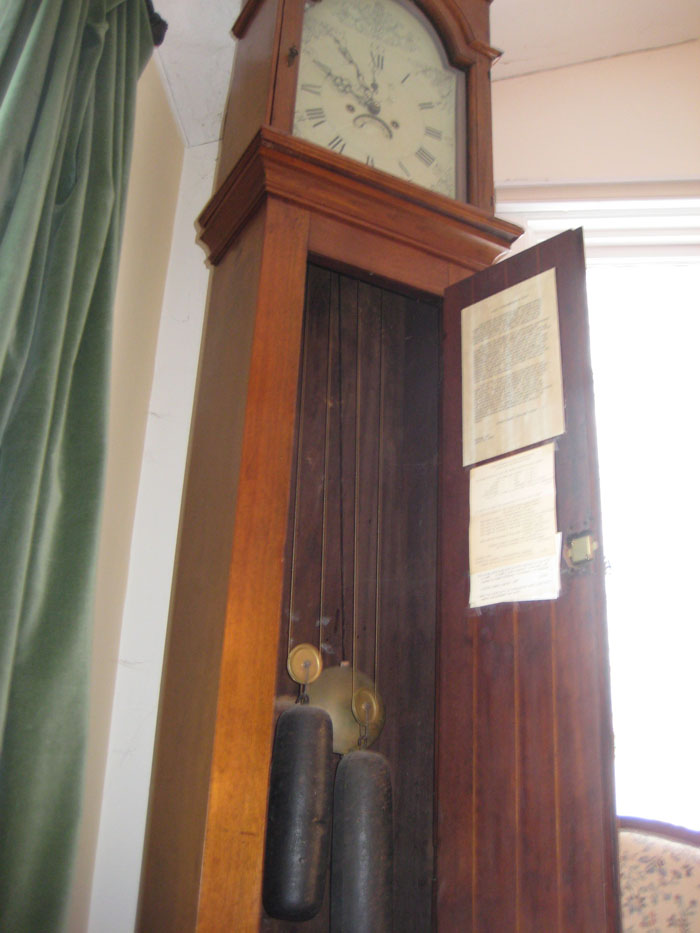
Oliver: Culture of luxury (File removed at the request of the author)
